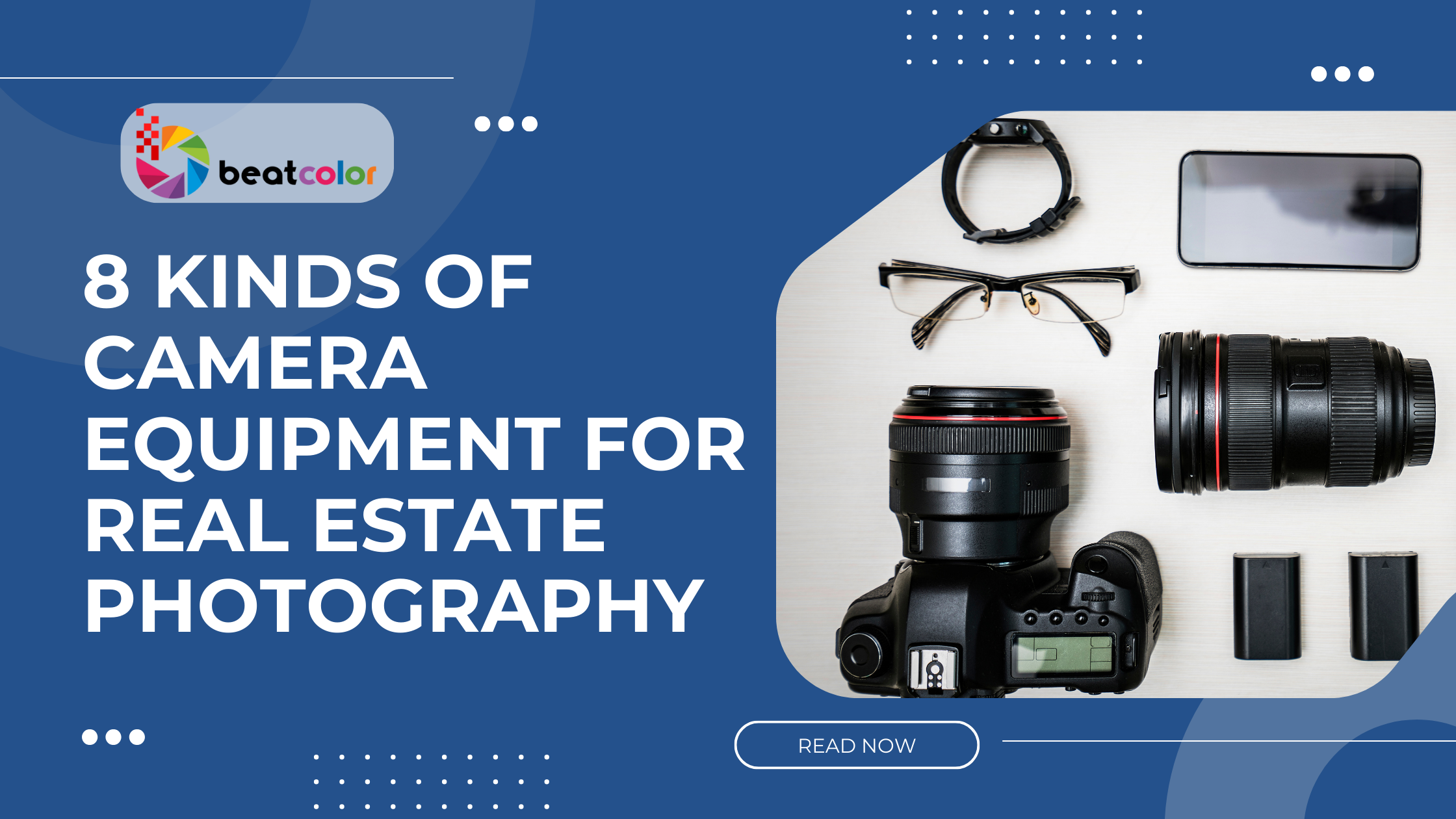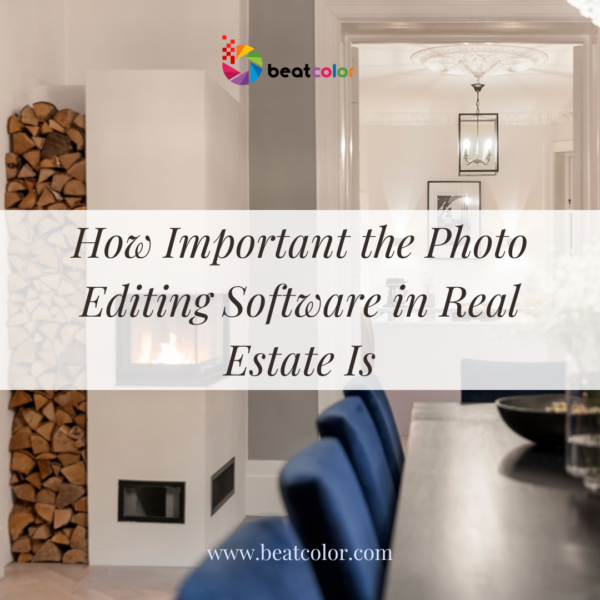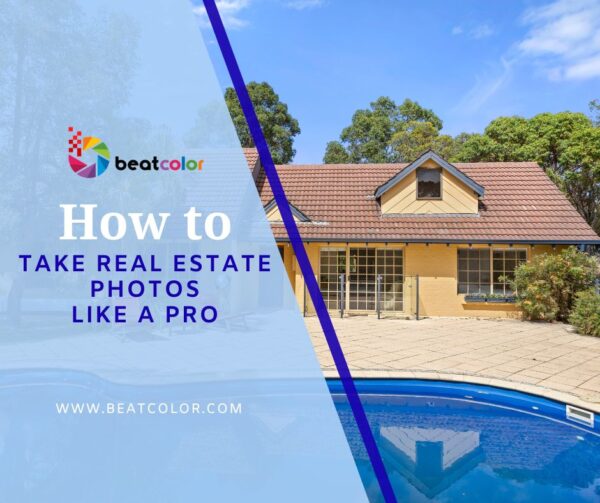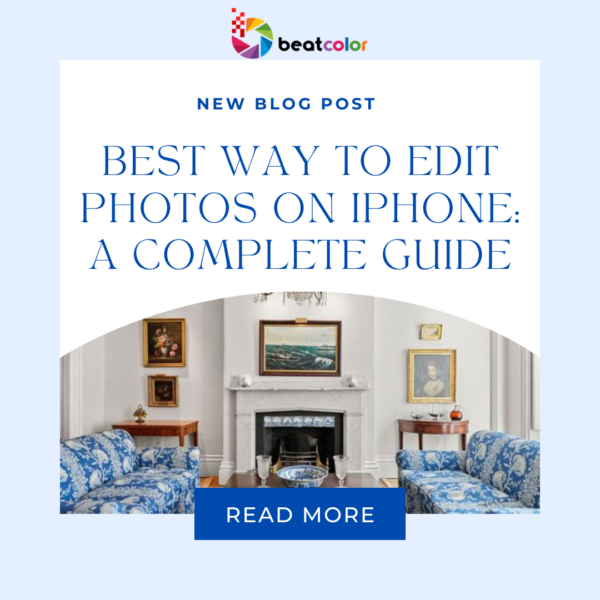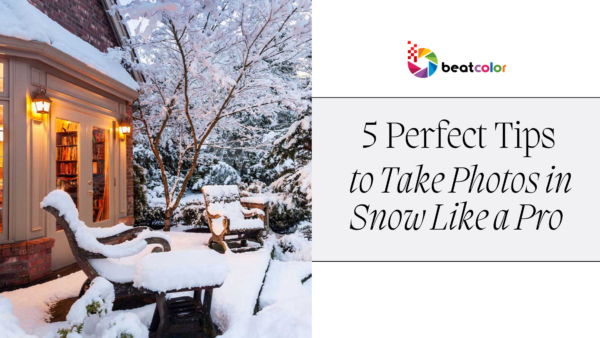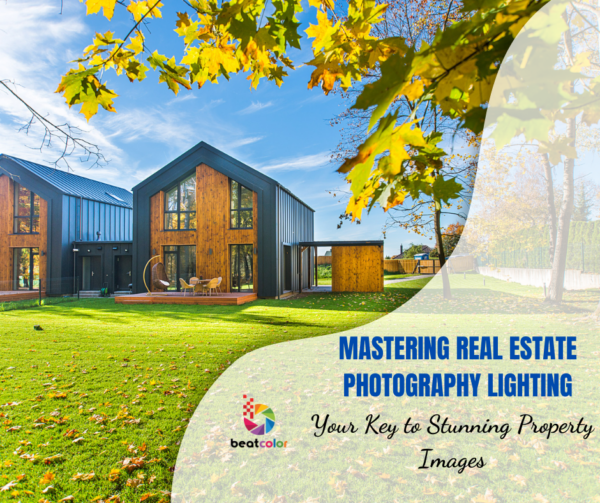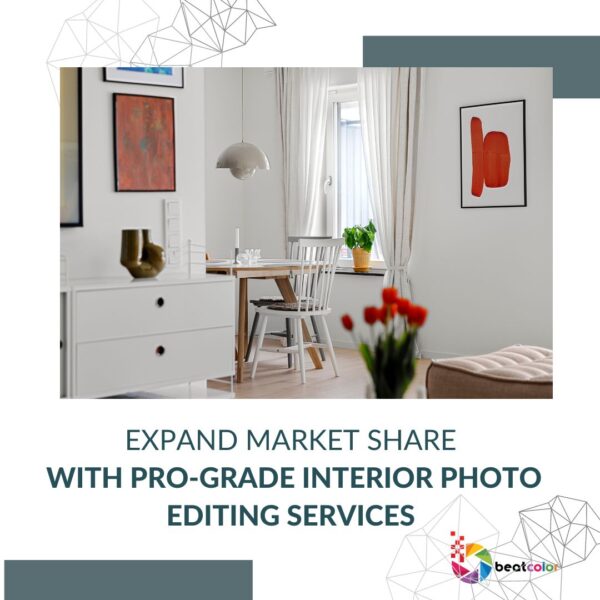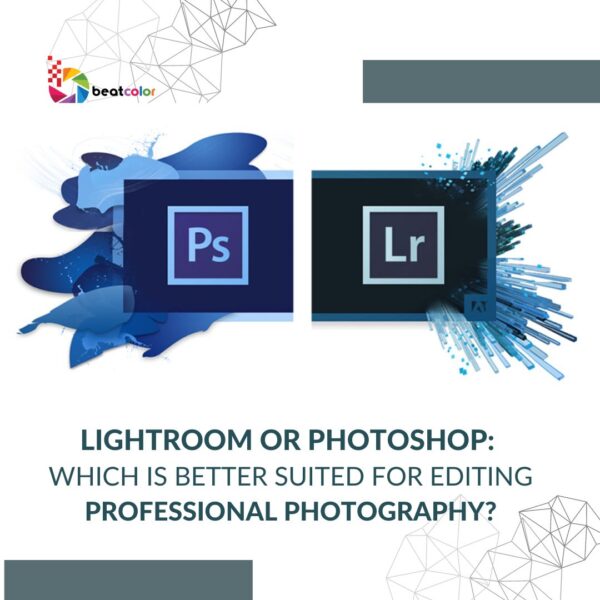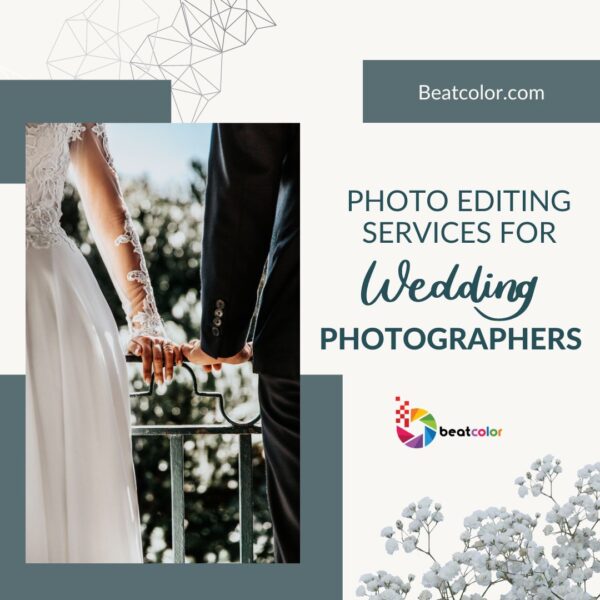8 Kinds of Camera Equipment for Real Estate Photography
In real estate photography, the right tools can make a significant difference in the quality of your work. Whether you’re capturing luxurious interiors or stunning exteriors, investing in proper camera equipment for real estate photography is essential for producing professional-grade images.
This guide will walk you through 8 key tools every real estate photographer should consider, ensuring your photos leave a lasting impression on potential buyers and clients.
1. DSLR or Mirrorless Camera
A DSLR or mirrorless camera is the backbone of real estate photography. These cameras offer high resolution, manual controls, and exceptional image quality. Popular options include the Canon EOS R6, Sony A7 III, and Nikon Z6, which are known for their reliability and top-tier features.
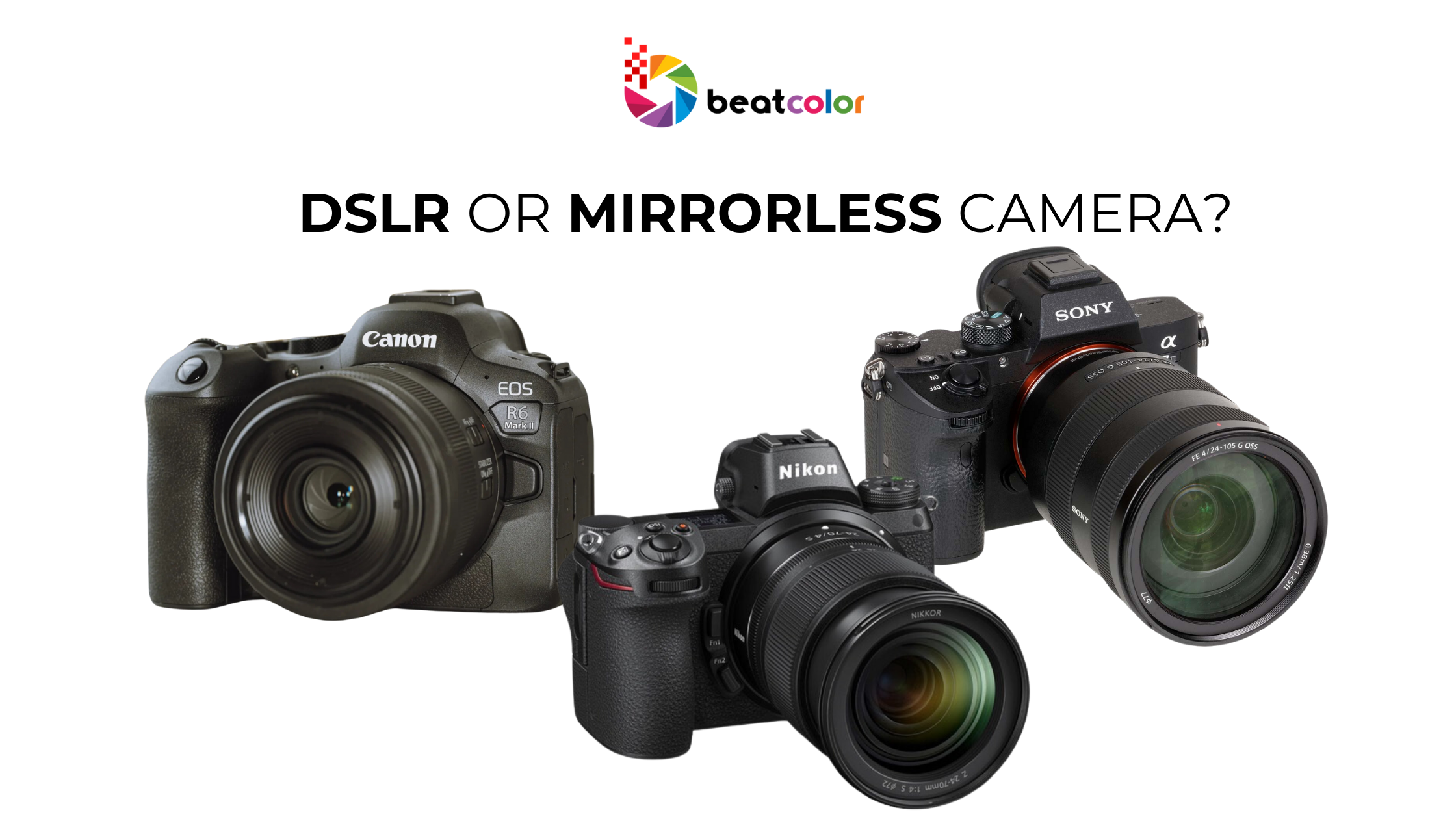
When choosing your camera, pay close attention to features like dynamic range, low-light performance, and megapixel count. A resolution between 20-24 MP is ideal for capturing intricate property details while keeping the file sizes manageable. Mirrorless cameras are gaining popularity for their compact and lightweight design, which makes them convenient to carry during long shooting sessions. Additionally, their electronic viewfinders provide real-time previews of your shots, making them perfect for real estate work.
2. Wide-Angle Lens
A wide-angle lens is indispensable for capturing the spaciousness of interiors and the grandeur of exteriors. Models such as the Canon EF 16-35mm f/4L or the Sony FE 12-24mm f/4 deliver excellent coverage and image quality, making them favorites among professionals.

Wide-angle lenses allow you to include more of the room in a single shot, providing potential buyers with a realistic sense of the property’s layout. Be cautious, though, as overusing wide-angle perspectives can cause distortion. Use tools in post-processing software like Lightroom to correct perspective and maintain an accurate representation of the space.
3. Tripod
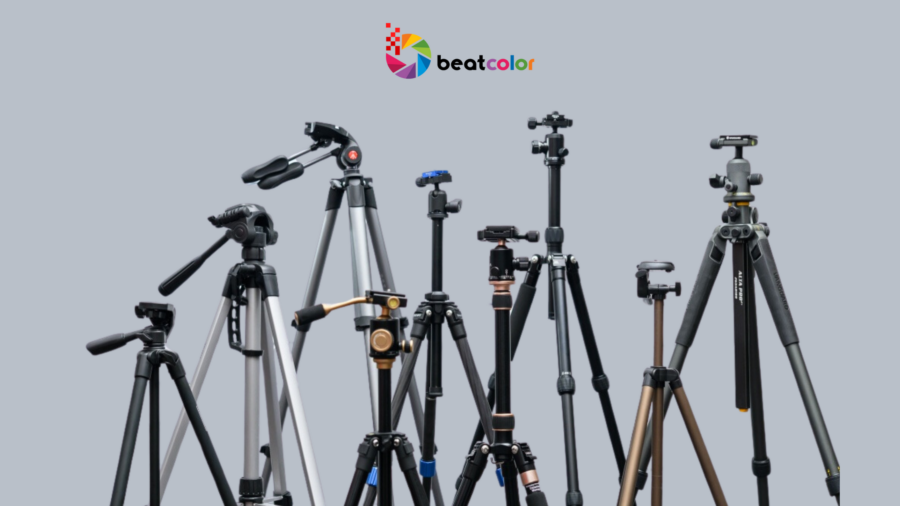
A tripod is a must-have for achieving sharp, well-composed photos, particularly in low-light situations. Real estate photography often involves HDR (High Dynamic Range) techniques, which require consistent framing across multiple exposures. Tripods like the Manfrotto Befree or Joby GorillaPod offer excellent stability and flexibility.
Key features to look for include adjustable legs, a sturdy ball head for smooth movements, and a lightweight design for portability. A good tripod ensures that your shots remain steady, which is crucial for professional-quality results.
4. External Flash or Speedlight

Lighting is one of the most critical aspects of real estate photography. Natural light isn’t always sufficient, especially in dimly lit interiors or during cloudy days. An external flash or speedlight, such as the Godox V1 or Profoto A10, allows you to add just the right amount of light to your scenes.
Bounce the light off ceilings or walls to create a softer, more natural effect. Using a diffuser can further help eliminate harsh shadows and produce a balanced look. Proper lighting enhances the visibility of key property features, ensuring your photos are both attractive and accurate representations of the space.
5. Drone
Drones have revolutionized real estate photography, offering aerial views that provide a unique perspective. These are especially useful for showcasing large properties, outdoor amenities, or surrounding landscapes. Models like the DJI Mini 3 Pro or Mavic Air 2 combine ease of use with excellent image quality, making them ideal for real estate photographers.
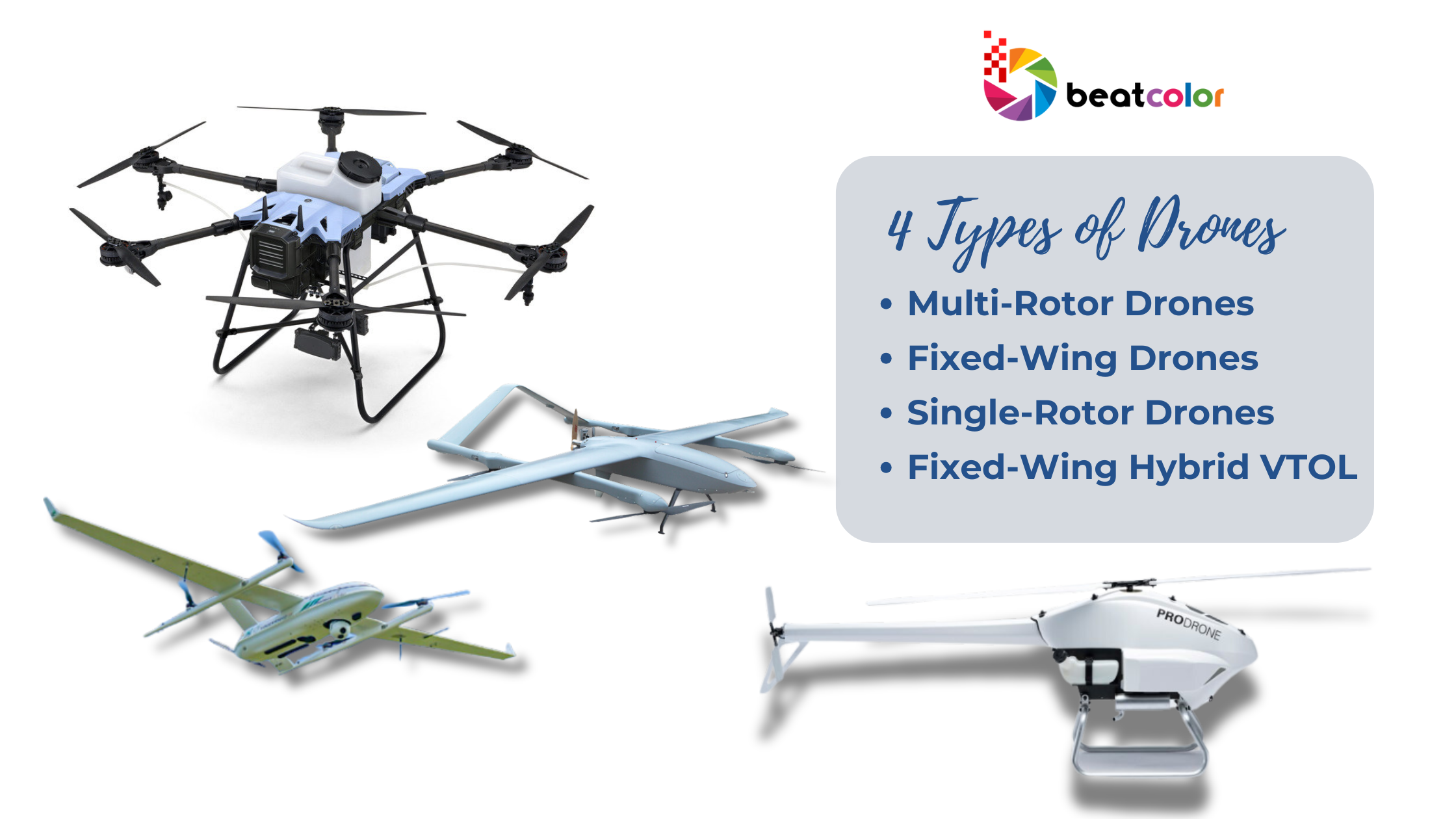
When using a drone, adhere to local regulations regarding drone flights. Consider obtaining a certification if you plan to use drones professionally, as this will ensure compliance with safety standards.
6. Remote Shutter Release
A remote shutter release is a small yet impactful piece of equipment. It allows you to take photos without physically pressing the shutter button, minimizing the risk of camera shake. This tool is especially useful when working with long exposures or HDR photography.
Wireless options like the Canon RC-6 or smartphone apps compatible with your camera model are excellent choices. These tools ensure that your shots remain sharp, even in challenging conditions.
7. Filters
Filters are essential accessories that enhance the quality of your photos by controlling light and reducing glare. A polarizing filter is particularly helpful for minimizing reflections on windows and shiny surfaces, while ND (neutral density) filters are ideal for managing bright outdoor conditions.
For instance, when photographing a pool area under harsh sunlight, an ND filter can balance the exposure, ensuring the details of the water and surrounding elements are well-preserved. High-quality brands like B+W and Hoya offer reliable filters that maintain sharpness and color accuracy.
8. Portable Lighting Kit
A portable lighting kit is your go-to solution when natural light isn’t enough. LED panels, softboxes, and ring lights provide even and adjustable illumination, making them indispensable for real estate photography. Brands like Neewer and Godox offer versatile lighting kits suitable for various needs.
Use these lights to highlight intricate architectural details, such as crown moldings, textured walls, or custom cabinetry. Portable lighting kits are lightweight and easy to set up, ensuring you’re always prepared for any lighting challenges.
Pro Tips for Setting Up Your Camera Equipment
- Prioritize Quality Over Quantity: Invest in high-quality, versatile tools rather than accumulating unnecessary gear.
- Keep Backup Gear Handy: Carry extra batteries, memory cards, and cables to avoid unexpected disruptions.
- Practice Makes Perfect: Familiarize yourself with your equipment and experiment with different settings to maximize their potential.
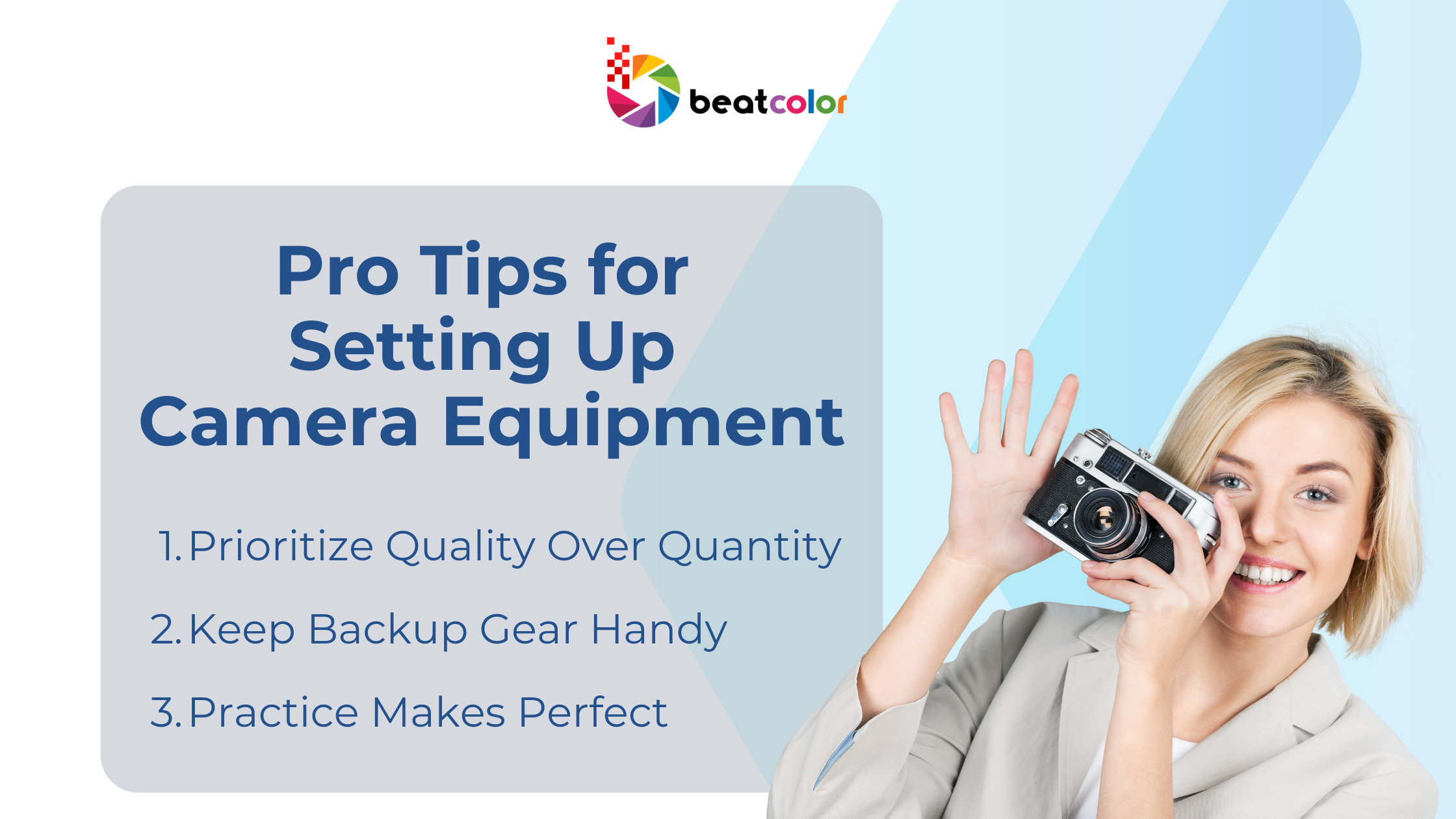
Why Proper Equipment Matters
Investing in the right camera equipment for real estate photography ensures your photos stand out in a competitive market. High-quality images not only attract more buyers but also establish your credibility as a professional photographer. The right tools enable you to showcase properties in the best possible light, ultimately helping your clients close deals faster.
Final Thought
Real estate photography is an art that requires precision, creativity, and the right tools. By investing in high-quality camera equipment for real estate photography, you can ensure your photos stand out and leave a lasting impression on potential buyers. From a reliable DSLR or mirrorless camera to a wide-angle lens, tripod, and even drones for aerial views, every piece of equipment plays a crucial role in capturing the essence of a property.
Remember, the goal is not just to take photos but to tell a story that resonates with buyers and showcases the property in its best light. With the tools and tips provided in this guide, you’ll be well-equipped to elevate your photography skills and deliver exceptional results for your clients.
Related Posts:
Unlock Essential Real Estate Photography Gear for Stunning Listings 2024
What Cameras Do Real Estate Agents Use And 2024 Top Recommendations?
Simple Ways to Remove Glare from Photos


